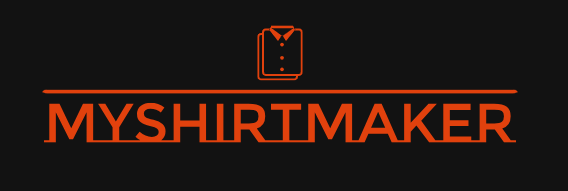Quality Check Your Latest Inspection Report

Understanding the Purpose of Your Inspection Report
Before diving into the nitty-gritty of quality checks, it’s crucial to remember why you’re even creating an inspection report in the first place. Is it for regulatory compliance? To track maintenance and repairs? To inform future decisions about a property or asset? Understanding your report’s ultimate purpose will shape how you approach the quality check process. A report aimed at satisfying a stringent regulatory body will require a far more rigorous check than one intended for internal use. Knowing your audience and their expectations is key to ensuring the report’s effectiveness and value.
Accuracy: Fact-Checking Your Findings
The foundation of any good inspection report is accuracy. This means meticulously checking all the data you’ve recorded. Go back through your notes, photos, and any supporting documentation. Verify measurements, dates, times, and descriptions. Did you accurately record the location of defects? Did you correctly identify the type of material or equipment? A simple mistake can have significant consequences, leading to costly repairs or safety issues. Consider using a checklist to systematically go through each item, ensuring no detail is overlooked. Cross-referencing your findings with previous reports can also highlight discrepancies or trends.
Completeness: Have You Covered Everything?
A thorough inspection report leaves no stone unturned. This requires a structured approach, often employing a pre-defined checklist or template. Review your report to ensure you haven’t missed any key areas or aspects of the inspection. Did you check every designated location? Did you address all the relevant criteria set out in your inspection plan? Missing information can create ambiguity and lead to misinterpretations, hindering decision-making. A complete report provides a clear and comprehensive picture of the inspected asset’s condition.
Clarity and Readability: Ensuring Easy Understanding
The usefulness of your inspection report hinges on its clarity and readability. Even if the information is accurate and complete, a poorly written report can be difficult to understand and act upon. Use clear and concise language, avoiding technical jargon where possible. Organize your findings logically, using headings, subheadings, and bullet points to break up large blocks of text. Use visuals, such as photos and diagrams, to supplement your descriptions and make your points more impactful. Remember, your report is a communication tool – aim for simplicity and accessibility for your intended audience.
Consistency and Formatting: Maintaining Professional Standards
Maintaining consistency in formatting and style is vital for a professional-looking and easily navigable report. Use a consistent font, font size, and spacing throughout. Ensure that tables and figures are clearly labeled and referenced in the text. Follow a consistent format for dates, numbers, and units of measurement. Adherence to established standards and templates will streamline the review process and ensure the report’s credibility. A well-formatted report demonstrates professionalism and attention to detail.
Review and Verification: A Second Pair of Eyes
Even with the most careful attention to detail, human error is inevitable. Having a second person review your inspection report can significantly improve its quality. A fresh pair of eyes can often spot inconsistencies, omissions, or areas that require clarification. This additional review step adds a layer of verification, increasing the report’s reliability and reducing the risk of errors. This doesn’t necessarily need to be a lengthy process; a quick review focusing on key areas can often suffice. Consider using a standardized checklist for the review process.
Using Technology for Quality Control
Many software solutions are designed specifically to manage inspection reports. These tools can assist in data entry, automatically generate reports, and incorporate features such as photo and video uploads. Using such technology helps to ensure consistency, minimize errors, and streamline the process. Furthermore, some tools offer features that help automate quality checks, flagging inconsistencies or missing information. Embracing technological advancements can significantly enhance the quality and efficiency of your inspection reporting.
Archiving and Retrieval: Ensuring Long-Term Accessibility
Once your inspection report is finalized and quality-checked, it’s crucial to archive it properly for future reference. A well-organized archiving system ensures easy retrieval of information when needed. Consider using a digital filing system with a clear naming convention. This will not only save space but also improve the efficiency of accessing information in the future. Proper archiving is vital for tracking trends, identifying recurring issues, and providing valuable insights for long-term maintenance and decision-making. Visit here for information about a quality inspection sheet.









